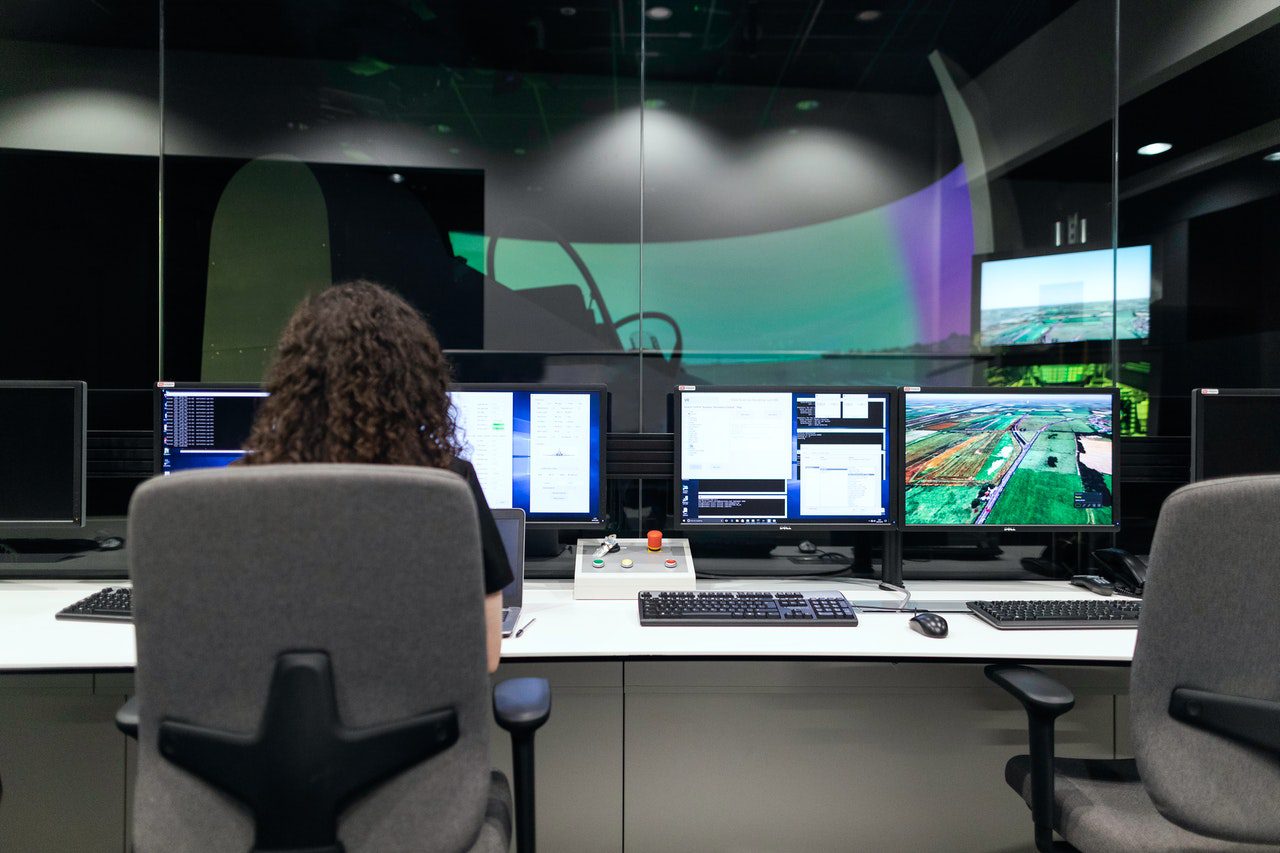The Best Software to Improve Operational Efficiency

Accounts Payable Automation Software
AP automation software can help you to improve the operational efficiency of your accounts processes. No matter the size of your business or the scale of your operations, you will benefit from using an AP automation system. The software helps you to automate every related process, from invoicing to manual checks, helping you to save both time and money.
Problems with cash flow and accounts can cause issues above and beyond operational efficiency. For example, when you experience issues with accounts and your staff are not getting paid on time, this can lead to low morale, poor worker wellbeing and increased staff turnover.
Chatbots
Chatbots are another very valuable piece of software that businesses can use to improve their operational efficiency in their customer service teams. Chatbots can be set up to answer many routine customer questions, which means that staff can spend their time on more critical tasks.
Not only does using chatbot technology help you to improve the operational efficiency of your customer service teams, but it also benefits your customer relations. The average customer expects an answer from a customer service representative instantly, which means, within 10 minutes from making contact. Chatbots will provide customers with that instant response they desire no matter the time of day, or day of the week they are contacting you.
Employee Engagement Software
The term employee engagement is used to describe the relationship your staff have with their work and your organization. An engaged employee is absorbed in their work and will go above and beyond to further the interest of the organization they are working for. In contrast, a disengaged employee will do the bare minim work and is either apathetic to the organization or might actually try to harm the business’s reputation.
Using employee engagement software can help you to track levels of engagement in your organization. This can help in everything from task allocation to hiring, all of which can help to boost operational efficiency.
Project Management Software
Project management software is another hugely valuable tool that you can use to improve operational efficiency in your business. Project management software enables you to track the progress that is being made with all staff members that are involved in the project.
When managers have access to the up-to-date information that is provided by the software, they are better able to identify potential drains on efficiency. When you are able to identify when progress is not being made as expected, you are able to make changes early on.




 The demand for efficiency and precision control of operations of automated machines and workflow is on a steady rise. This reflects that many businesses are consistently on the watch out for items that constantly and reliably meet the needs and desires of the company. For this reason, manufacturers play a significant role in fulfilling needs by investing greatly in manufacturing and development processes in the sectors of control and automation technology.
The demand for efficiency and precision control of operations of automated machines and workflow is on a steady rise. This reflects that many businesses are consistently on the watch out for items that constantly and reliably meet the needs and desires of the company. For this reason, manufacturers play a significant role in fulfilling needs by investing greatly in manufacturing and development processes in the sectors of control and automation technology.